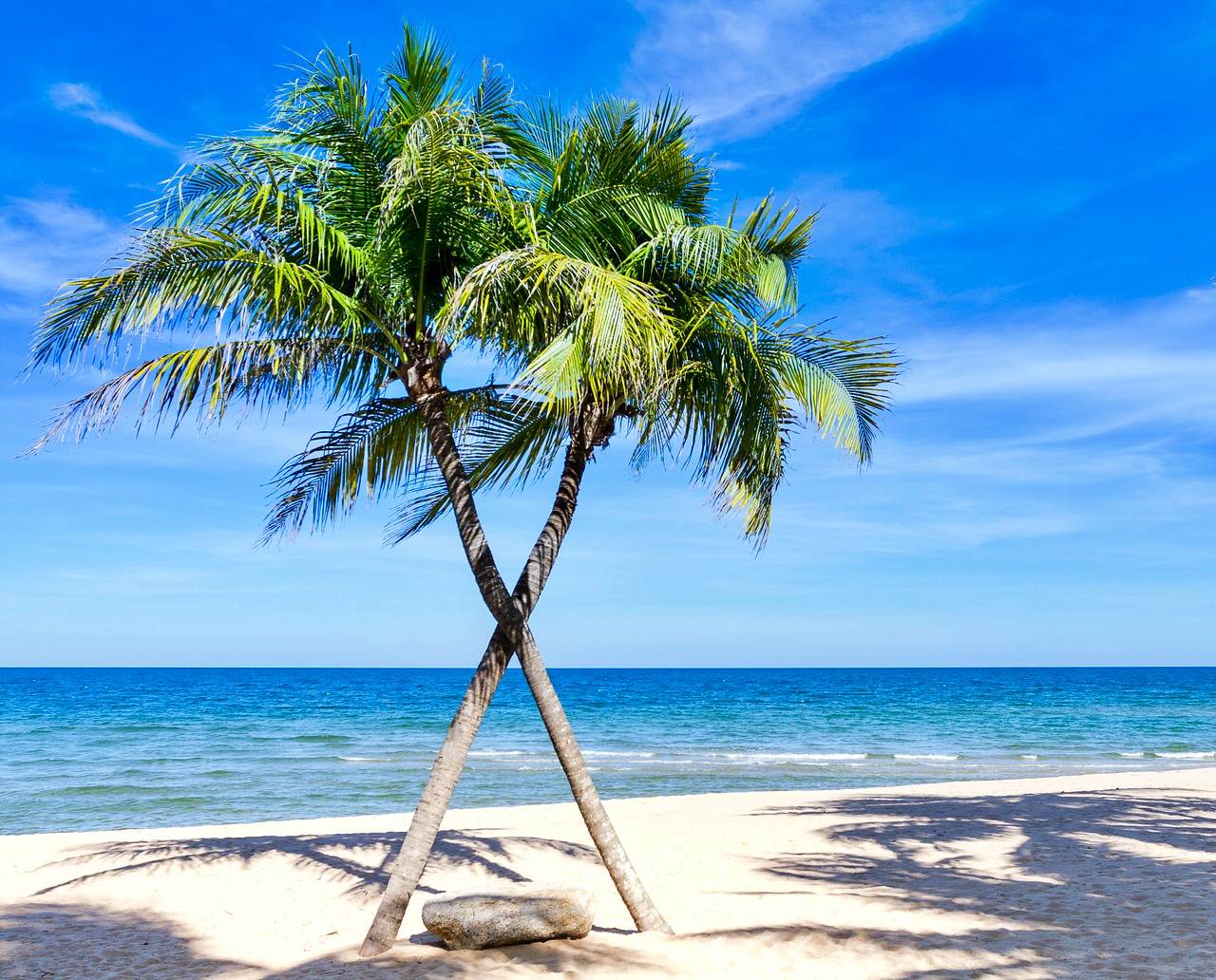
1. The Manaca Iznaga Tower, Trinidad
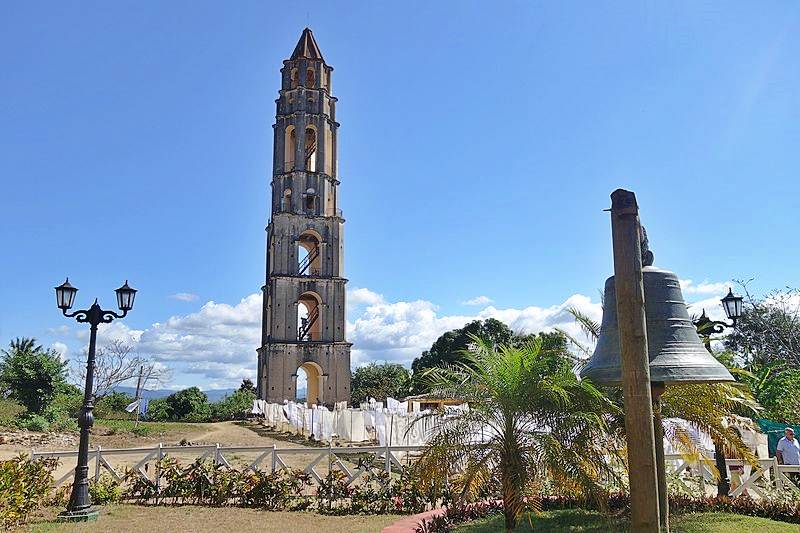 Set in the historic sugar cane fields of Cuba, the Manaca Iznaga Tower was constructed in 1750. Its purpose was to observe and control the slaves working in the fields around the hacienda. The tower stands seven stories high, with some 136 steps to get to the top.
Set in the historic sugar cane fields of Cuba, the Manaca Iznaga Tower was constructed in 1750. Its purpose was to observe and control the slaves working in the fields around the hacienda. The tower stands seven stories high, with some 136 steps to get to the top.
However, these days the old slave lookout is worthy of the climb for the panoramic views across the valley from the top. Of interest to note, the bells that once regulated the operation of the sugar cane mill are still intact and working. To visit the Manaca Iznaga plantation, catch the steam train from Trinidad, or drive the 11 mi (18 km) east from the city.
2. SS San Pasqual shipwreck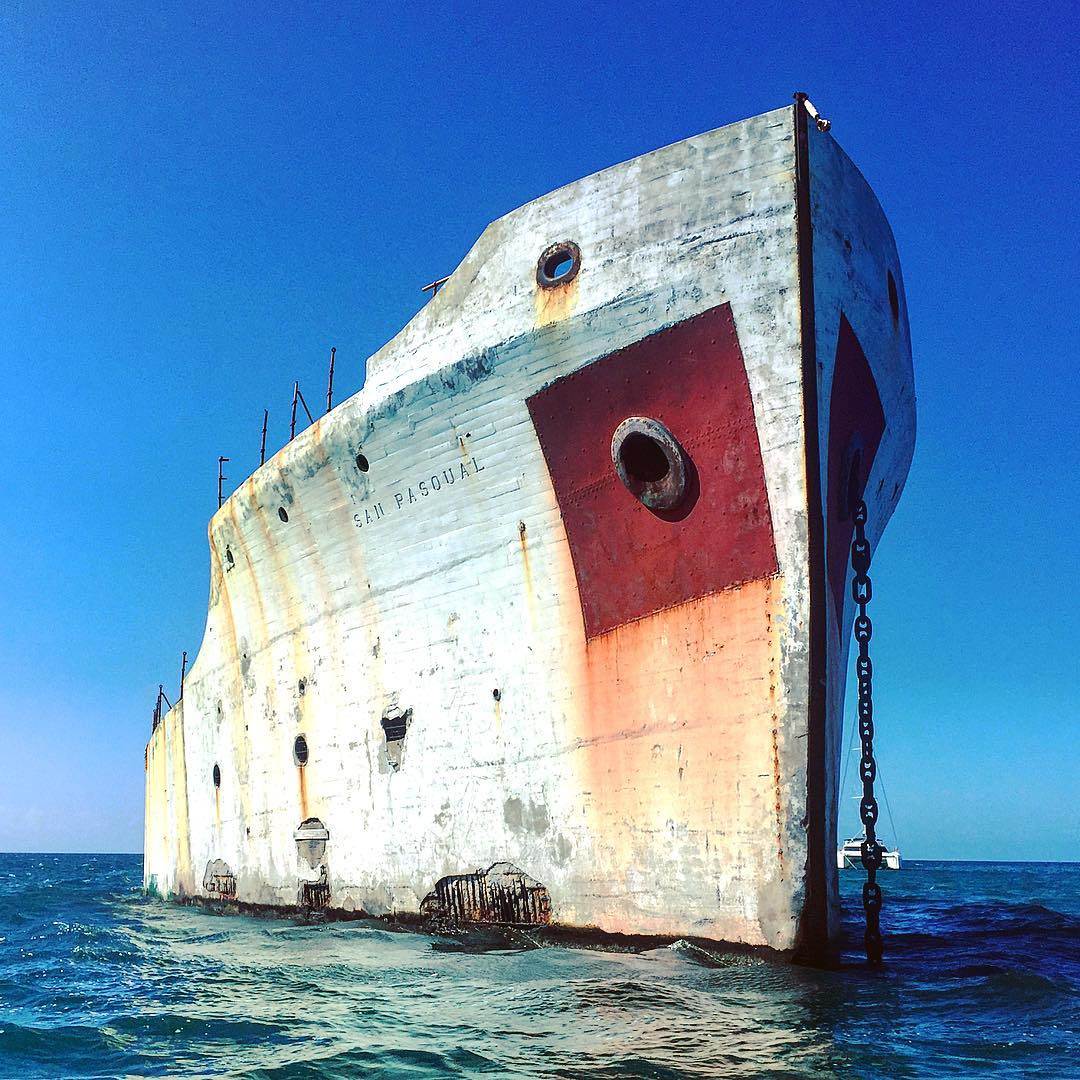
The SS San Pasqual was launched in San Diego in 1920 as one of the oil tanker ships of the World War One emergency fleet. However, the ship was damaged by a storm and was docked until 1924. At that stage, Old Time Molasses Company of La Havana purchased the ship using it to store molasses in Santiago, Cuba. However, in 1933, the ship sank off the coast of Cayo Las Brujas, where she remains to this day.
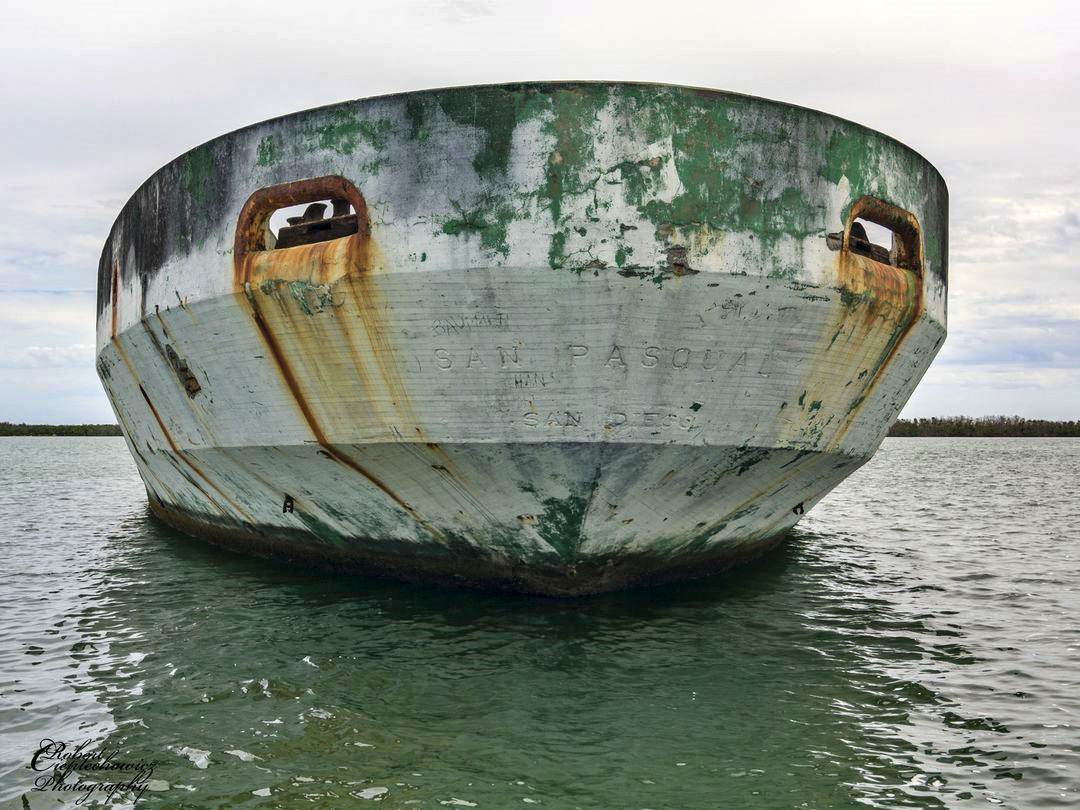 Legend did the rounds that the ship was haunted, so no one recovered the stored sugar cane on board when she sank. Fast forward 80 years and the sugar cane has fermented, leading to a ship full of molasses and smells like rum. The ship is only accessible by boat from the mainland.
Legend did the rounds that the ship was haunted, so no one recovered the stored sugar cane on board when she sank. Fast forward 80 years and the sugar cane has fermented, leading to a ship full of molasses and smells like rum. The ship is only accessible by boat from the mainland.
3. Callejon de Hamel, Havana, Cuba
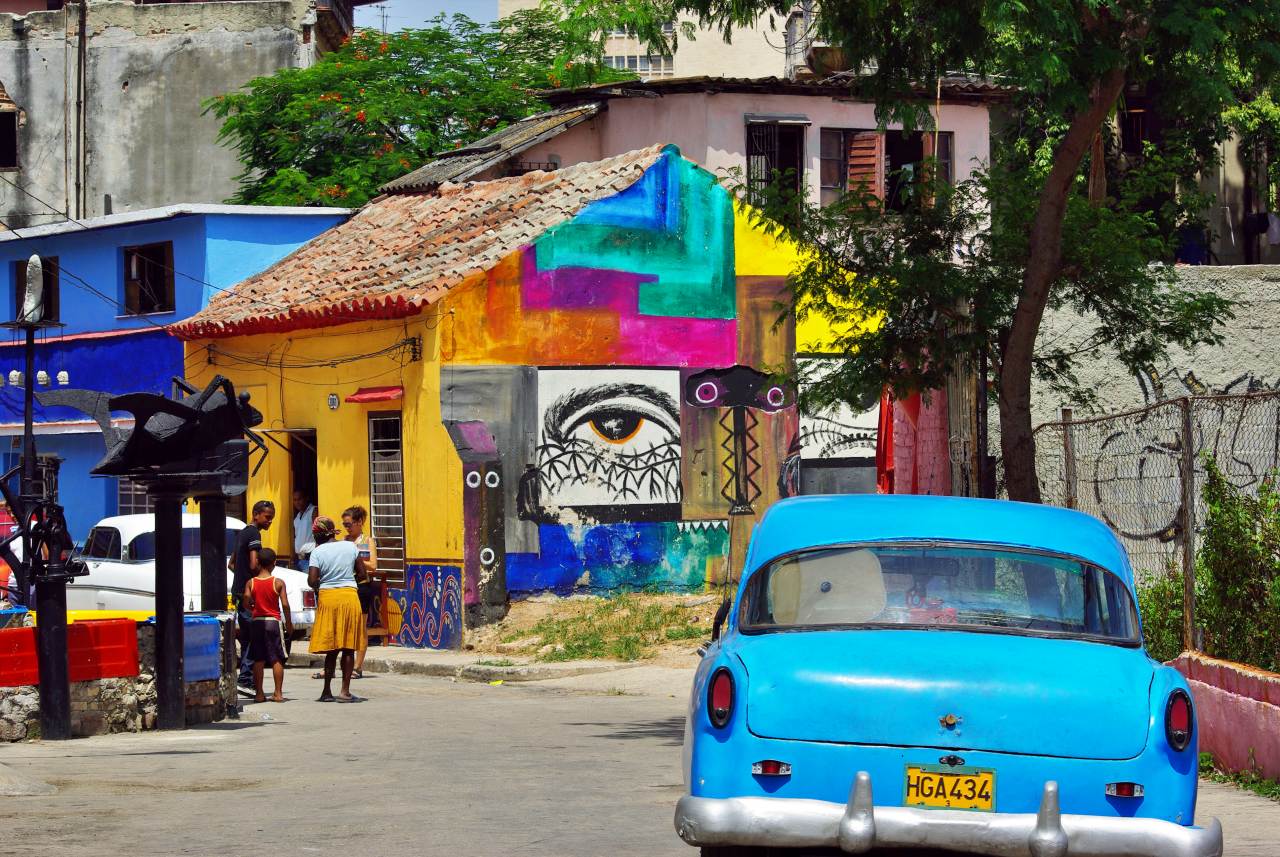
It was in 1990 that the self-taught artist started adorning the alley outside his apartment. Stretching for two blocks, the alley is decorated with paintings, mosaics and sculptures. Meanwhile, it even includes a bench made of old bathtubs and a throne, said to give good luck to those who sit there.
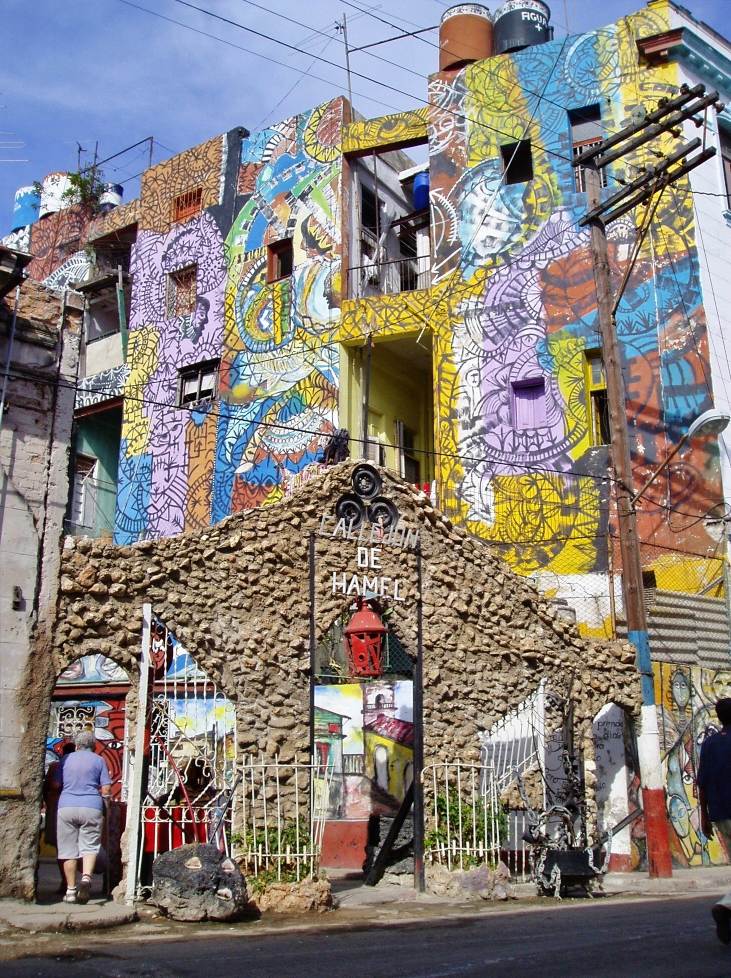
Callejon de Hamel, Havana, Cuba
It turns out the alley isn’t only about Salvador’s art. Since he started, it has become a backdrop for rumba dancers and musicians to entertain locals and visitors. Meanwhile, a local children’s art program meets regularly in the alley. To get an idea of the location, visit Google maps here.
Enjoy the unique and unusual side of Cuba on your next Caribbean vacation.
Be sure to check out our vlog The Go To Family. Connect with us on Instagram, Twitter, and Pinterest !



